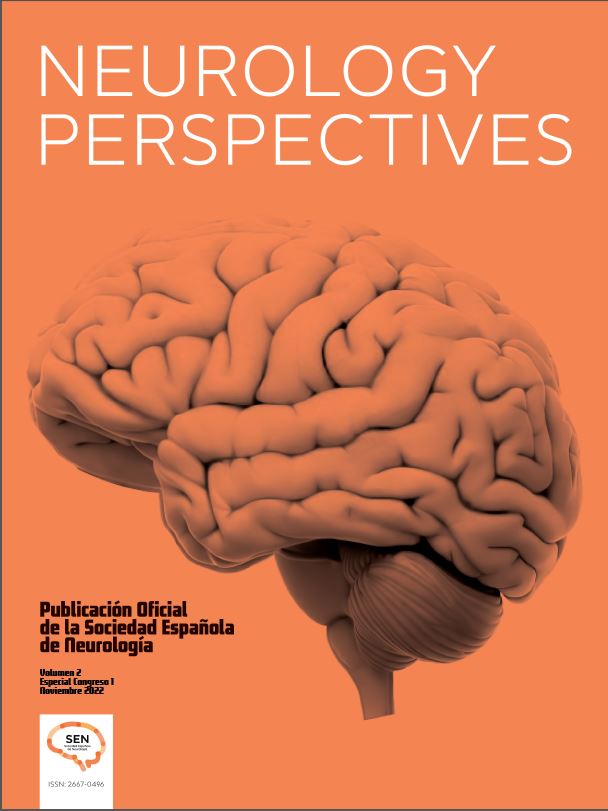97 - NEUROPATHOLOGY OF CENTRAL NERVOUS SYSTEM INVOLVEMENT IN TTR AMYLOIDOSIS
1Servicio de Neurociencias. Centro Hospitalar Universitario do Porto; 2Servicio de Neurociencias. ICBAS-Universidade do Porto.
Objectives: Hereditary transthyretin amyloidosis (ATTRv) is a systemic disease caused by the accumulation of misfolded transthyretin (TTR). It usually presents with an adult-onset axonal polyneuropathy and cardiomyopathy. CNS symptoms have been increasingly recognized in this population, including transient focal neurological episodes and stroke. The objective was to explore if there is a recognizable sequence of CNS TTR deposition in ATTRv.
Methods: Morphological analysis of TTR CNS involvement in patients with ATTRv was based on anti-TTR immunostained sections. The presence/degree of amyloid deposition was analyzed semi-quantitatively (absent, mild, moderate, severe). Data was analyzed using SPSS software and the publicly available tool Morpheus was used to perform unbiased hierarchical clustering.
Results: Sixteen patients were included, aged 27 to 69 years and with a mean disease duration of 10,9 years (range: 3-29). All cases had V30M TTR mutation, except one with a Ser52Pro mutation. The degree of amyloid deposition strongly correlated with disease duration. The anatomical distribution of TTR amyloid deposition allowed the determination of 3 stages. Leptomeninges and subarachnoid meningeal vessels are affected earlier, followed by perforating cortical vessels and subpial deposition, and finally by deposition in the subependymal and basal ganglia vessels near the ependymal lining. Brainstem and spinal cord show early and severe involvement.
Conclusion: CNS pathological involvement in V30M ATTRv occurs early in the disease course, probably starting in pre-symptomatic phases, and follows a distinct sequence. Defining stages of TTR pathology in the CNS may be useful to better understand pathogenic mechanisms leading to symptoms and to interpret neuroimaging biomarkers.






